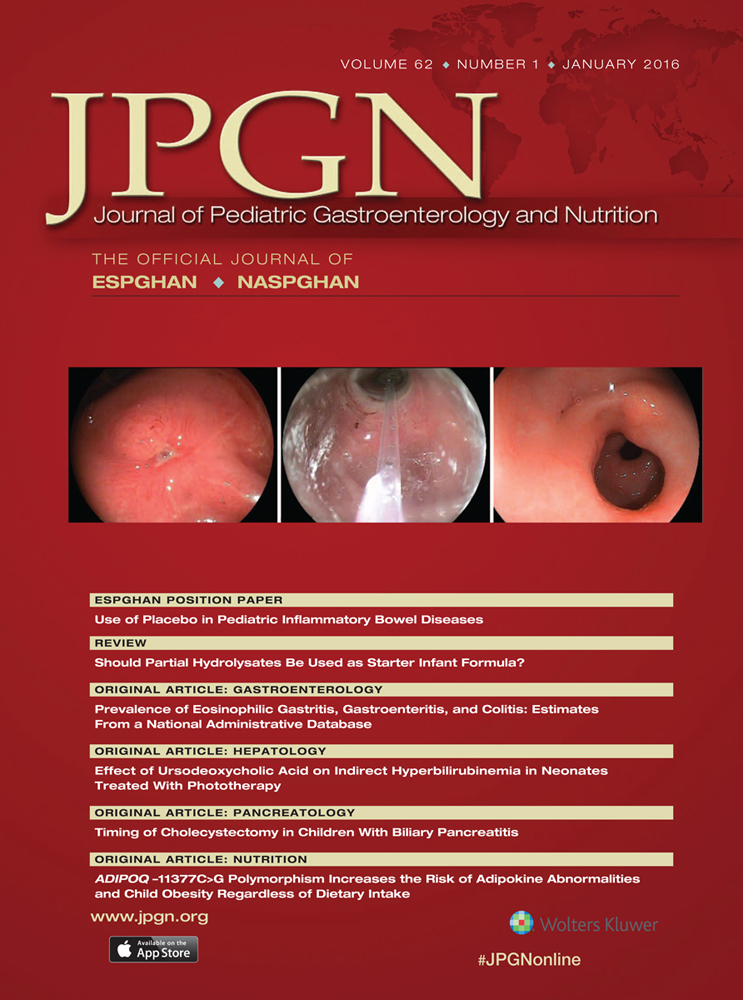Presenting Pattern of Pediatric Celiac Disease
The authors report no conflicts of interest.
ABSTRACT
Objectives:
Celiac disease (CD) is an autoimmune disease that can be complicated by impaired nutrition and growth. With the development of sensitive serologic tests, safe endoscopy, and efforts to educate primary care physicians, more children are diagnosed as having CD. The aim of this study is to evaluate the pattern of the presentation of pediatric CD in western New York.
Methods:
Chart review of pediatric patients with CD was undertaken. Patients’ demographics, presenting features, disaccharidase assay (DA), celiac serology, and Marsh score were reviewed from patients seen at the Digestive Diseases and Nutrition Center, State University of New York at Buffalo from January 2003 through March 2013.
Results:
A total of 165 patients with CD were evaluated. Mean age was 10.7 ± 4.3 years, 76 male patients. The presenting features were abdominal pain (n = 87, 52.7%), constipation (n = 65, 38.9%), diarrhea (n = 52, 31.1%), family history of first-degree relative (n = 47, 28.1%), diabetes mellitus type 1 (n = 37, 22.2%), failure to thrive (n = 36, 21.8%), reflux (n = 25, 15.1%), vomiting (n = 24, 14.5%), fatigue (n = 15, 9%), short stature (n = 9, 5.4%), thyroid disease (n = 9, 5.4%), Down syndrome (n = 8, 4.8%). We found no correlation between Marsh score and serum tissue transglutaminase (tTG) immunoglobulin (Ig) A level at diagnosis and no correlation between DA and serum tTG IgA level, presenting feature and tTG IgA level, presenting feature and Marsh score, tTG IgA and DA, or between the age and the presenting feature.
Conclusions:
Children newly diagnosed as having CD in western New York presented most frequently with abdominal pain and constipation and were older at the time of diagnosis than those described in the classical presentation of CD. We speculate that our patients may have a different long-term natural history and risk factors than originally described for patients with CD.




